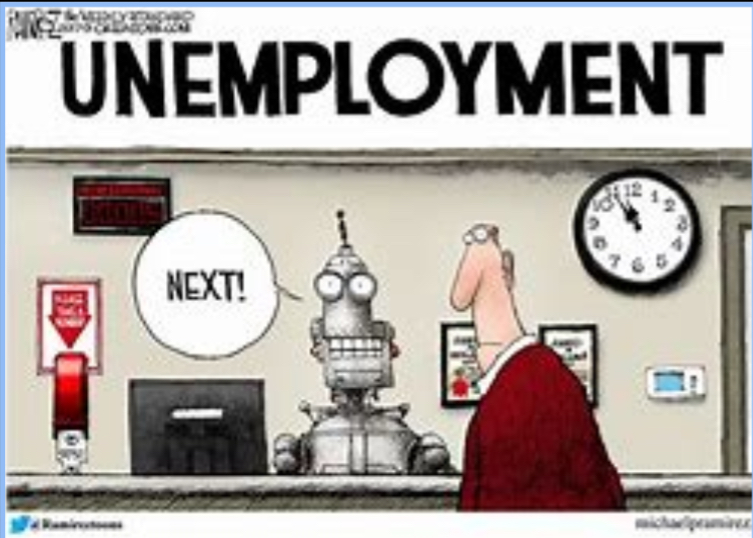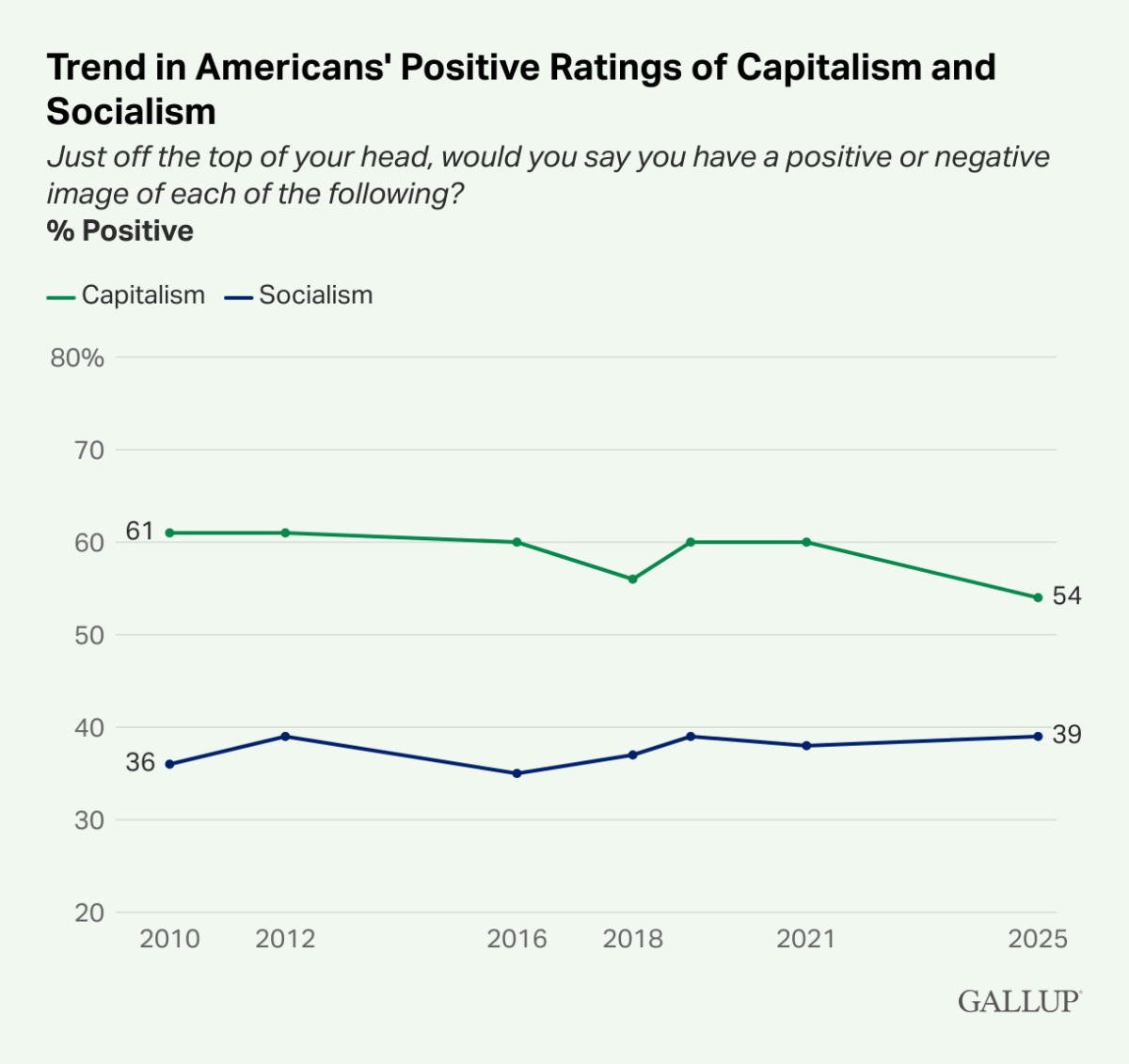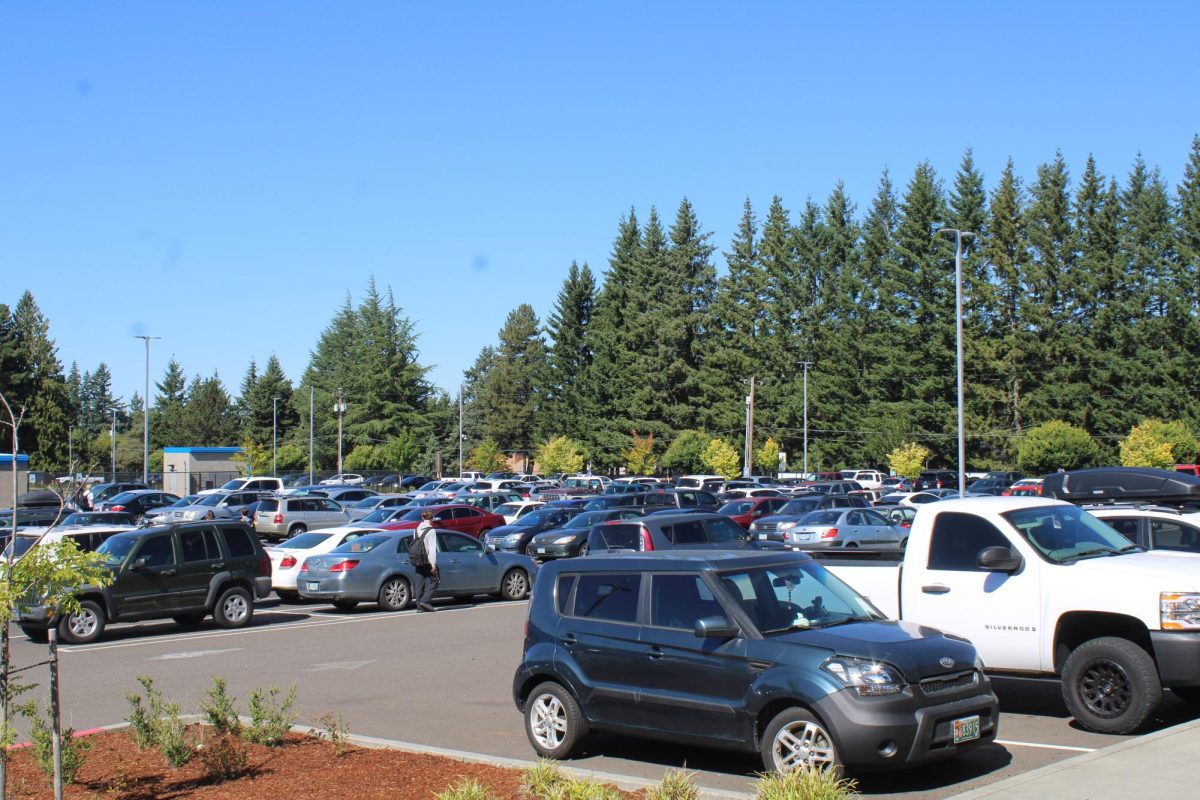Going into 2025, there has been an unforeseen number of layoffs across many industries, with companies terminating jobs unexpectedly. No job can be seen as safe right now, from fresh tech companies to retail chains and manufacturing companies. Many are asking about these layoffs as these workers face high uncertainty and the economy shifts. What does this imply? And what comes next?
Several factors have contributed to this new massive layoff trend, including economic, technological, and corporate decisions.
Companies have found a way to speed up the merging of artificial intelligence (AI) and automation, which has led to job displacement across various industries. AI makes customer service, administrative work, and even technical roles far more efficient. Employers use efficiency as their argument for laying people off, leaving people with fewer job opportunities.
Another reason for this sudden rise in layoffs is that in 2020, tech companies hired an abnormal number of people without giving enough thought to the future; instead, these companies assumed that digital growth would continue to rise. However, as this industry has stabilized, it has realized that it is overstaffed. Major firms like Google, Amazon, and Meta have begun cutting tens of thousands of jobs to correct this mistake, similar to the layoffs of 2022 and 2023.
Among the most noteworthy examples of these layoffs is the tech giant Microsoft. As the company has revealed another round of job cuts, it shifted its priorities to streamline operations, primarily in sales and marketing. The company has placed a greater emphasis on AI and cloud services. Reducing the number of workers at Microsoft reflects a broader industry trend in its adjustment to match post-pandemic growth projections. While Microsoft heavily invests in AI and automation, which drive productivity, many employees in traditional departments have found themselves out of place. This is a sign of increasing importance in some branches of technology and automation, changing how businesses operate.
In addition to tech companies, massive layoffs are felt in the public sector. With fiscal pressure rising, many government agencies at the federal and local levels have been minimizing their workforces. Trump, as wel as the U.S. federal government has been tightening its belt, leading to thousands of workers being laid off or reassigned. Political on-budget concerns cause the layoffs now, and both parties wrestle with how to manage public spending. Government layoffs have not occurred nearly as commonly. However, the strain of controlling the amount of public services they have with their limited resources has led to a wave of downsizing across many departments.
Another group of meaningful careers is being affected by the healthcare industry. Hospitals and healthcare providers, mainly those that rapidly expanded during the pandemic, are now struggling to hold on to their employees as the demand for healthcare shifts and this industry makes adjustments. Administrative positions, nonmedical staff roles, and support staff are being cut.
The sudden increase in job losses across the private and public sectors shows an upcoming period of uncertainty for workers nationwide. As automation continues to grow and companies make further adjustments following the era of over-hiring after the pandemic, the future for many employees becomes uncertain.








